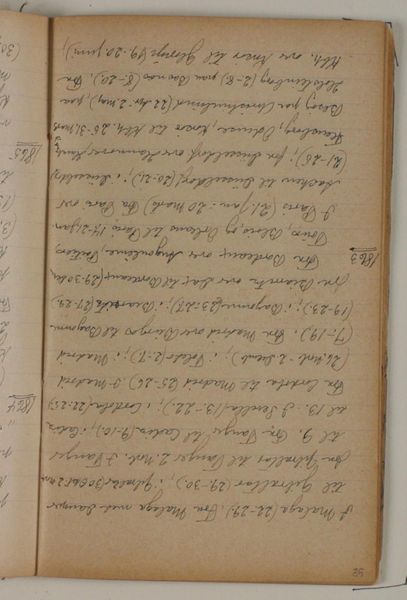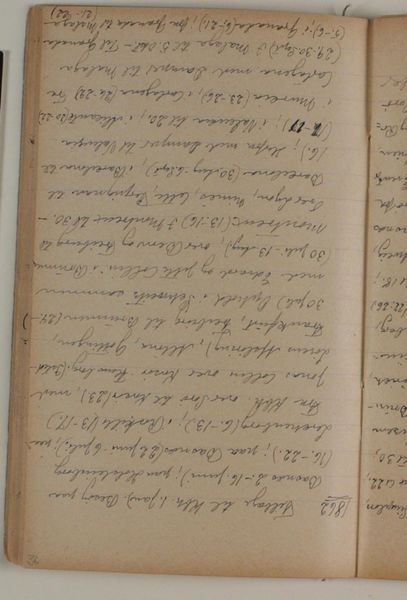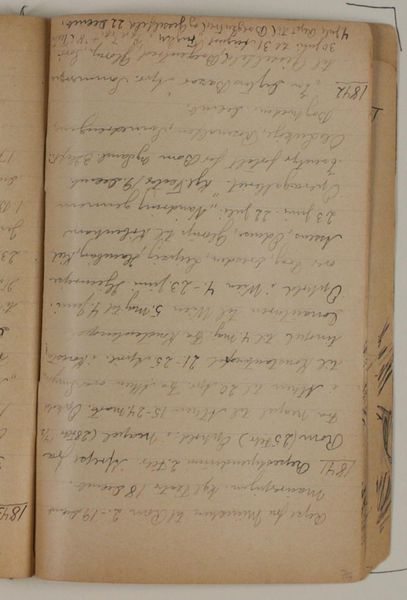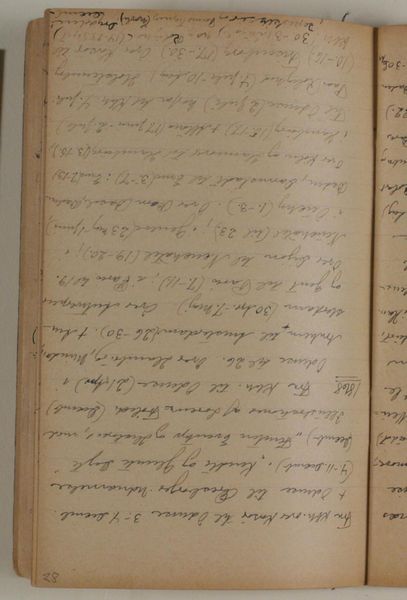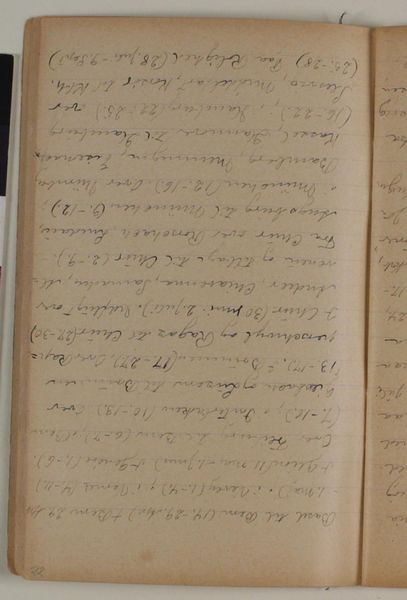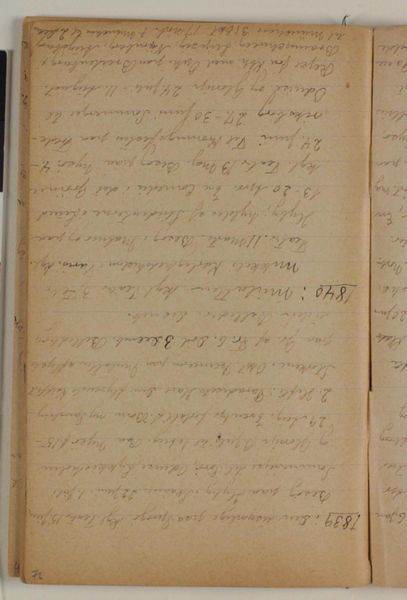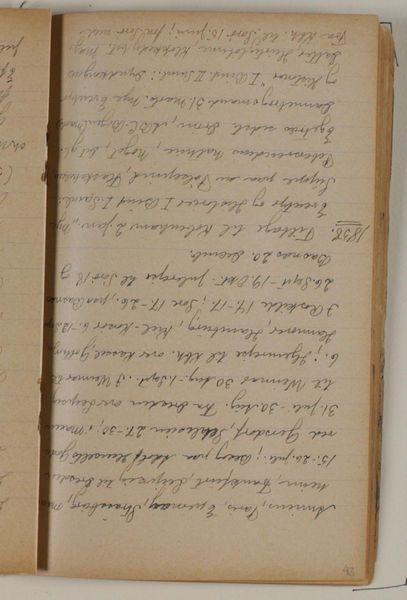
Tidstavle over H.C. Andersens liv 1866-1844 1930 - 1938
0:00
0:00
drawing, textile, paper, ink, pencil
#
drawing
#
textile
#
paper
#
ink
#
pencil
#
calligraphy
Curator: Here, before us, we have Niels Larsen Stevns's "Tidstavle over H.C. Andersens liv 1866-1844," created sometime between 1930 and 1938. It's an intricate piece, utilizing drawing, textile, paper, ink, and pencil, showcasing a remarkable sense of calligraphy. What catches your eye? Editor: It feels almost like looking at a page from a personal journal. The handwriting gives it such an intimate feel. It's more than just text; it's like a visual record of thoughts and memories. What do you see in this work? Curator: I see layers, you see. It’s like peering into the artist's mind as he grapples with time and memory, trying to synthesize H.C. Andersen's life through dates and locations. Note the way the script dances across the page, sometimes bold, sometimes delicate—a mirror to the poet’s journey, wouldn't you agree? Almost a song? Editor: A song? That's a great way of putting it. The rhythm of the script does give it a musical quality. But do you think it's just a straightforward timeline? Curator: Perhaps not. There is the art of seeing – the experience is more than just chronicling; I sense an attempt to capture the essence, the very spirit of Andersen’s travels and experiences. Look at the crossings-out, the additions, how even the textile plays an active part. Don’t you sense a spirit searching to discover new wonders in all places, perhaps like the traveler himself? Editor: That's true, I hadn’t really considered how the different materials contribute to that sense of a journey. Thanks for the insight. It really makes you think about how an artwork’s purpose is not always immediately apparent. Curator: Exactly. It invites us to reflect on how we remember, and how even timelines can be works of poetic interpretation and reflection.
Comments
No comments
Be the first to comment and join the conversation on the ultimate creative platform.

